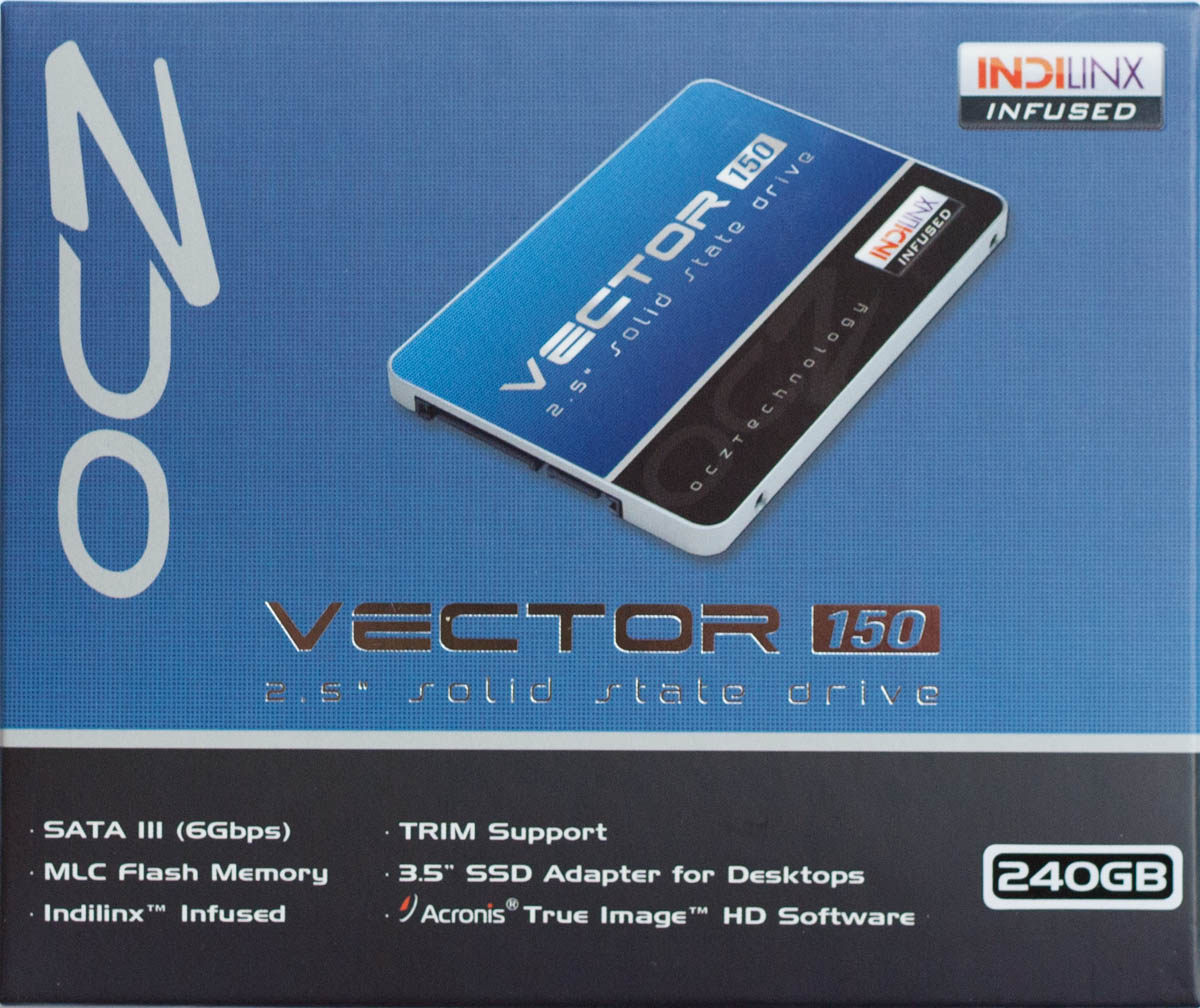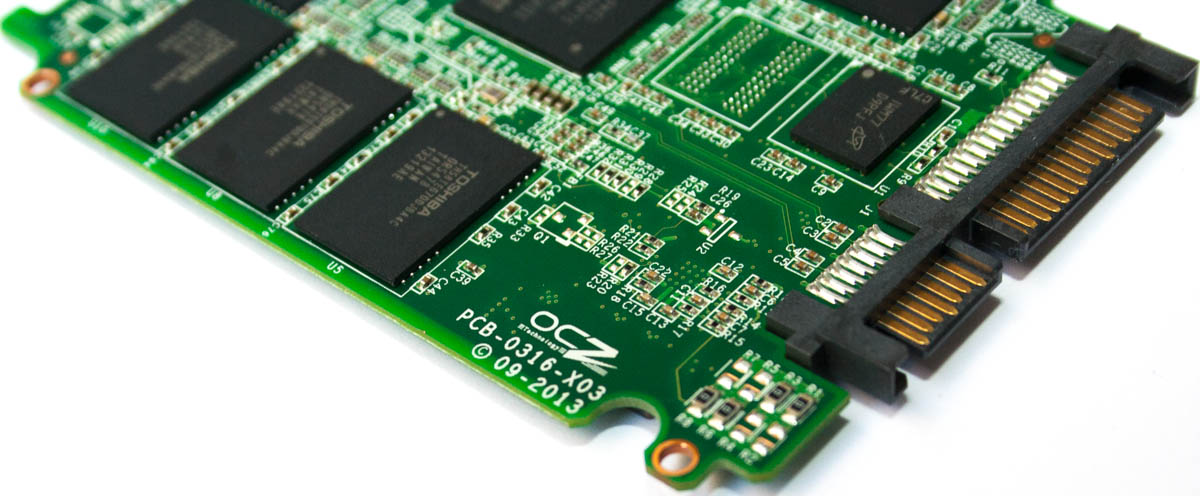OCZ Vector 150 SSD Review: A New Flagship With 19 nm Flash
OCZ is re-launching its flagship consumer SSD as the Vector 150. Armed with 19 nm Toggle-mode flash and new encryption functionality, this new drive is purported to be the pinnacle of of enthusiast-class solid-state storage. Does it live up to the hype?
We Love Performance, But Also Want More Value
There was once a time when OCZ was synonymous with SSDs. The company sold much of the enthusiast community its first solid-state devices in products like the Vertex and Agility. But then the plankton bloomed, and now industry whales like Samsung, Micron, Intel, Toshiba, and SanDisk are feasting. The market is still growing prodigiously, but somehow keeps getting smaller for the companies without their own flash production capabilities. OCZ doesn't have the resources to open its own NAND fab, but it has acquired the intellectual property to tackle SSDs from the other end. It's a strategy we've seen work well in the enterprise, but hasn't necessarily been as successful on the desktop, where price sensitivity erodes its ability to make money.
As many companies are learning, the move to <20 nm-class NAND isn't kind to OCZ's Vector 150. If anything, though, that's primarily an artifact of the original Vector's smoking performance. The Vector 150 retains most of that as it embraces the latest manufacturing node that should be more readily available for longer. This is a win if you dig what OCZ is doing with its drives. But if you weren't a fan of the original, then the Vector 150 isn't going to change your mind. It's quite similar, with high-end performance and a price tag to match. Again, the 240 GB model sells for $250, the 120 GB version is being offered at $135, and the 480 GB SSD commands $490.
For anyone keeping score at home, the Vector 150 falls in just ahead of the Vertex 450 in our benchmarks. OCZ really disagrees on that point, but going by the tests we run, its Vector 150 is like a slightly faster version of the Vertex 450, itself a marginally slower version of the original Vector. All three are similar, but last generation's Vector is mostly above the new drive's performance. We don't necessarily see this as an issue, given the original's raw speed. However, we really wanted to see more aggressive pricing.
So, OCZ's current desktop-oriented line-up consists of three primary offerings: the Vector, the Vertex 450, and the new Vector 150. It just doesn't make sense for the company to do battle in the value-oriented space given its fiscal situation and competition from manufacturers with fabs. In a smaller pool, OCZ is looking to charge more for faster, higher-performance solutions. The trouble is that most enthusiasts are going to be perfectly happy with a 240 GB SSD that sells for $70 less than a 240 GB Vector 150. Small performance advantages over more mainstream offerings make it difficult to justify higher prices. The same caveat applies to other companies selling high-performance SSDs attached to bottlenecked 6 Gb/s interfaces. But OCZ has to go where the enthusiast money is, even if that means catering to a smaller audience.
Get Tom's Hardware's best news and in-depth reviews, straight to your inbox.
Current page: We Love Performance, But Also Want More Value
Prev Page Results: Power Consumption-
jimmysmitty Reply11918040 said:time to upgrade from vertex 4 to 150
I just hope the quality increased. Only because at my last job we had used Vertex 3s for all of our work stations and they one by one started having random issues, from not being detected to wiping the partitions.
I like OCZ because they help lower the price of SSDs but there has to be quality behind the price as well. -
Sakkura Some of the numbers in the bottom diagram on page 4 seem to be off. Look at the Intel 520 180GB for example; the random write bar is longer than the random read bar, but the actual IOPS numbers are the other way around.Reply -
Sakkura Reply
My impression is that OCZ was hit hard by the Sandforce issues, partially as a result of being an early adopter. Their newer drives seem to be reliable.11918340 said:11918040 said:time to upgrade from vertex 4 to 150
I just hope the quality increased. Only because at my last job we had used Vertex 3s for all of our work stations and they one by one started having random issues, from not being detected to wiping the partitions.
I like OCZ because they help lower the price of SSDs but there has to be quality behind the price as well. -
cryan Reply11918441 said:Some of the numbers in the bottom diagram on page 4 seem to be off. Look at the Intel 520 180GB for example; the random write bar is longer than the random read bar, but the actual IOPS numbers are the other way around.
Awesome catch! The 520 seems to have the right bar length, but the label from the Intel 510. I'll sort that out, but that's a genuine not-my-fault problem. One of the very few. I can blame Excel 2013 with confidence, but kudos for the eagle eye.
The random write bar is correct though; the SandForce-based 520, 525, and Intel 530 each pull down more random write IOps than read with incompressible data.
Regards,
CR -
Amdlova I got two SSD vertex 4 128gb on my computer 3770k and on my girlfriend 3470 I never get an single error on this SSD. raid 0 or normal configs. run solid!Reply -
ssdpro Reply11918455 said:My impression is that OCZ was hit hard by the Sandforce issues, partially as a result of being an early adopter. Their newer drives seem to be reliable.
Early on yes, but the 2nd gen SF drives really are pretty darn stable now. OCZ has had solid top tier releases since the Vertex 4. I own Vertex 4 and Vector, will probably get a 150. Hands down the worst thing they ever did was try budget/value offerings like the Petrol. I don't think there is any reason for fanboism, I own Samsung and OCZ drives and all work happily together.

